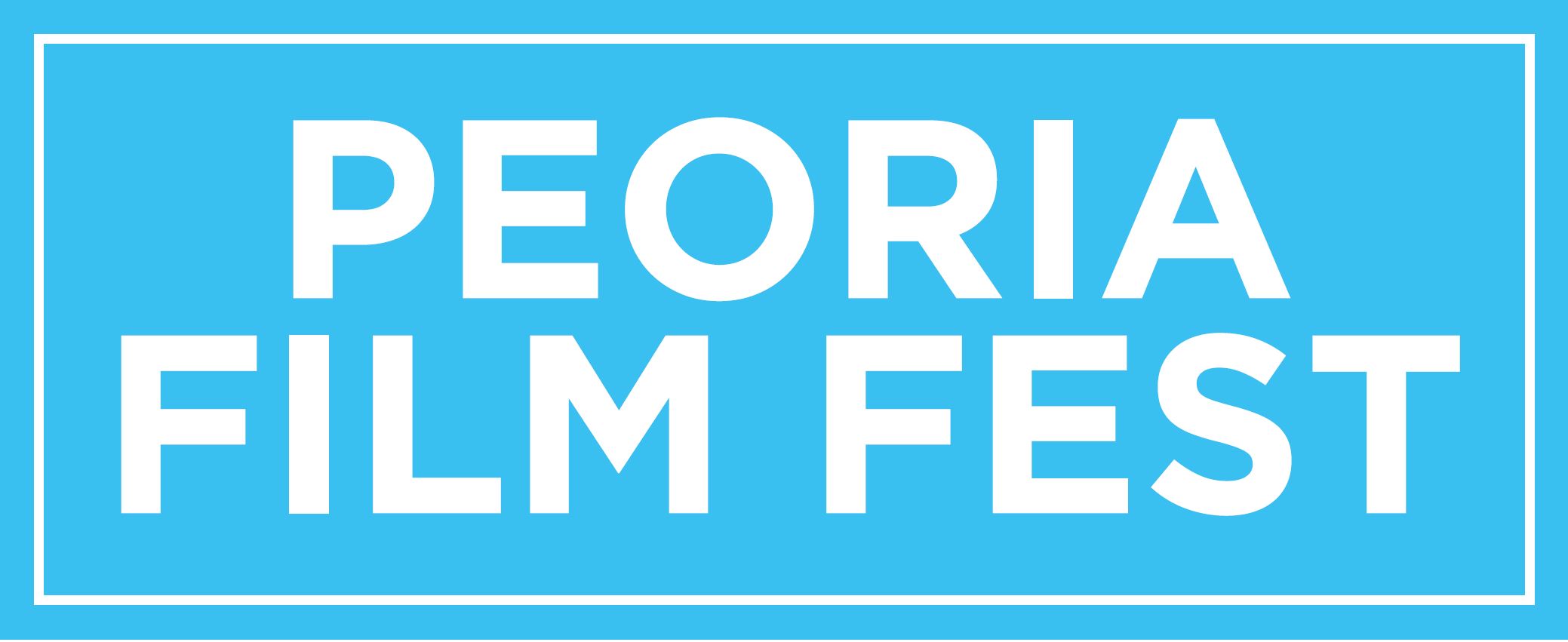Directed by: Andrew Dominik
Starring: Bono, Gemma Doherty, Kate Ellis
Runtime: 86 minutes
‘Bono: Stories of Surrender’ seems like a ‘Beautiful Day’ for a live audience, but the on-screen version is not ‘The Sweetest Thing’.
“Hello, hello! Hola! I’m at a place called Vertigo.”
U2 recently enjoyed a Las Vegas residency at The Sphere at The Venetian Resort from September 2023 to March 2024. Although this critic has yet to attend a show at The Sphere, a few friends have described the venue and U2’s performance at the locale as awe-inspiring and larger than life. The 875,000-square-foot, 366-foot-tall, 20,000-seating/standing capacity spherical marvel showcased Bono, The Edge, Adam Clayton, and Larry Mullen Jr., along with surreal visuals on its inner walls. And yes, one pal said that vertigo could accompany spectators placed in the highest seats.
In “Bono: Stories of Surrender”, based on his 2022 book, “Surrender: 40 Songs, One Story”, the U2 frontman performs at New York City’s Beacon Theatre, capacity 2,600, for an intimate one-man show, in which he articulates his various life accounts through a spoken monologue while interspersing several of his band’s hits.
He declares, “Welcome to my quarter-man show!”
Bono (a.k.a. Paul David Hewson) sings portions of his famous songs except one performed in its entirety late into the production. The musical segments of the 86-minute documentary feel like a 1990s MTV Unplugged concert with grander production values. Bono is partnered by Gemma Doherty on the harp and Kate Ellis on the cello on stage, but yes, one U2 member (who will not be revealed in this review) joins the acoustic trio, too.
For diehard U2 fans, “Bono: Stories of Surrender” is a grounded, understated compliment to the band’s sprawling and spectacular concerts, like their 2001 Slane Castle show, Super Bowl XXXVI appearance, recent Sphere performances, and hundreds and hundreds (or it is thousands?) of live events in between. “Surrender” is a movie for U2 enthusiasts who enjoy consuming every form of the Irish legends on-screen and in person, as well as for those who wish to learn about Bono’s inspiration, struggles, and pivotal life events.
However, for more casual fans or non-fans, the sluggish pacing, the lack of U2’s traditional pomp and circumstance and showmanship, and the conversational nature of the medium itself make “Bono: Stories of Surrender” an unfortunate concession as a curiosity, rather than a must-see documentary.
Director Andrew Dominik (“Chopper” (2000), “Killing Them Softly” (2012), “Blonde” (2022)) competently films Bono, his on-stage companions, and the Beacon audience in (almost) entirely in black and white with an arthouse elegance. Dominik offers many close-ups in which Bono’s face fills the screen. Other times, he captures harmonizing glimpses of Gemma and Kate, as well as silhouettes of Mr. Hewson’s back as he’s flushed against the Beacon live audience.
The upstage includes a metallic apparatus, which magically and interactively parades hundreds of small lights, that resembles a modest version of the enormous electronic display presented in U2’s 2015 “Innocence + Experience” arena tour, and the luminosity tenders a worthy cohort to Bono’s tales and songs from both his unassuming and illustrious past.
The 65-year-old Dublin native recounts a particular medical problem, the birth of his first child, meeting a world-famous tenor, and more, but the most intimate and connecting moments are when he speaks of his parents, Brendan Robert and Iris Hewson.
Like most children who ache for their late parents, their deaths impacted Bono. Regret and the unforgiving thief known as Father Time are emphasized via subtle and overt approaches through spoken word and music. His recurring reimagined caucuses with his dad in a pub called The Sorrento Lounge are the most affecting.
Bono also reveals small details about his (over) six decades on Planet Earth, such as his first home that he shared with his wife, Ali, and broader views, including his thoughts about poverty.
“Poverty is not natural. It is manmade and can be overcome.”
Despite the generous insights, clever camerawork, and intimate nature of the performance, the on-screen experience keeps an emotional distance between Bono and moviegoers, despite this rock star standing so close to the edge of the stage and the cozy and supportive Beacon Theatre audience.
He often refers to Ali, his bandmates, and his parents by holding or pointing to empty chairs that sit on the lonely stage. Although they seem appropriate when speaking of his late parents, generally speaking, the chairs appear to be unneeded props and don’t enhance the presentation. In fact, they may oddly remind some viewers – including this one – of Clint Eastwood’s infamous 2012 Republican National Convention speech, where the cinematic legend spoke to an empty chair.
Another reminder of a different sort is that Martin Scorsese filmed the Rolling Stones’ absolutely fabulous and wildly energetic 2008 concert film, “Shine a Light”, at the Beacon, and that immersive experience radiates Mick, Keith, and the band’s enthusiasm, along with the in-tune on-screen audience’s fervor to moviegoers. Due to the Stones’ masterclass musicianship and pure energy, the intimate setting, and Scorsese’s kinetic multicamera harmonies, the movie feels as close to a live concert experience in a movie theatre as one might ever experience. It’s an all-timer!
The comparison between “Shine a Light” and “Surrender” is, admittedly, a bit unfair. However, since Bono (mostly) sings portions of the massive U2 hits, the connections between his verbal accounts and his glorious tunes don’t carry enough emotional weight as they should.
The abbreviated versions of the classic songs repeatedly clip our emotive relation to the familiar material, as Bono then stops singing and moves on to another tale from his past. Meanwhile, the Beacon audience appears completely engaged in these moments. Bono may or may not perform the entire songs in person. Still, either way, the Beacon fans seem to enjoy a notably more gratifying encounter with one of rock’s most charismatic lead singers than this particular audience member, whether that’s due to the documentary’s editing, the abbreviated songs, or the natural distance of an on-screen encounter versus a live one.
Still, after experiencing “Bono: Stories of Surrender”, one might find the “Desire” to buy a ticket to enjoy a “Beautiful Day” with a live performance of Bono’s “quarter-man show” to absorb such a vulnerable, personal discussion/concert in a renowned and cozy venue.
Unfortunately, the theatrical/streaming version doesn’t translate as “The Sweetest Thing”.
Jeff’s ranking
2/4 stars















